Gemologist Guide to Identifying Amber
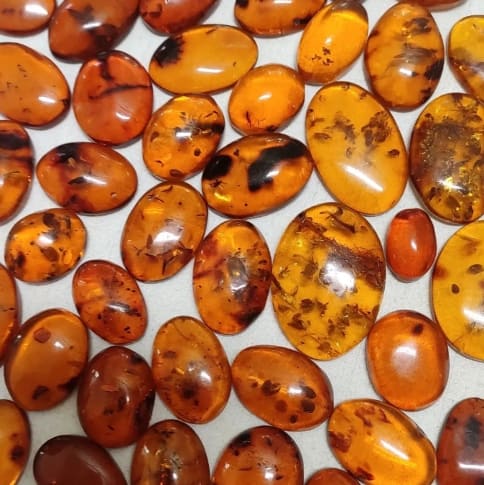
Amber is not a mineral or a rock, it’s classified as an organic gemstone. It’s considered organic because it is fossilized resin from now-extinct species of coniferous trees that once flourished over thirty million years ago. You’ll want to remember the age range of 30 – 50 million years because there is another organic gemstone […]
Collecting Fine Minerals and Specimens
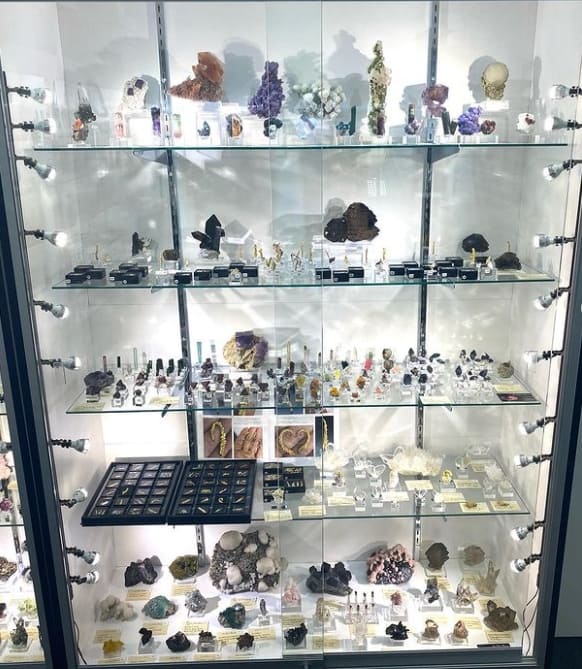
Whether you’re new to the scene or a seasoned collector, we’re bringing you ten tips for collecting fine minerals to help ensure that your purchases are worth the investment. The world is full of passionate collectors, dealers, and investors interested in fine mineral collecting. Some individuals have backgrounds in geology, gemology, mining, and field collecting, […]
Biotite Mica Schist
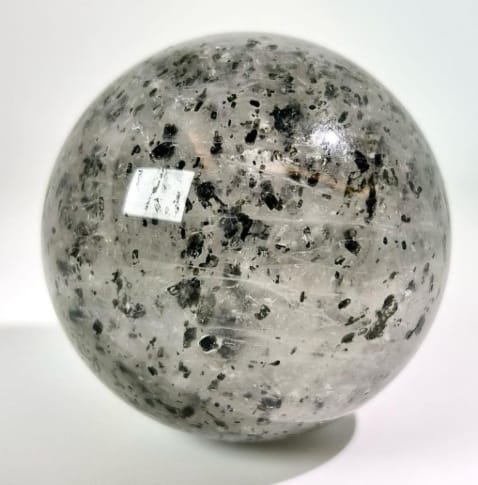
Schists are intermediate to high-grade foliated metamorphic rocks. They’re highly variable in appearance depending on the mineral content, which is a function of the precursor rock and specific temperature-pressure conditions. Garden-variety Schist forms by the metamorphism of phyllites. Varieties of Schist typically have medium to large-sized crystals, unlike the microcrystalline nature of phyllite and slate. […]
Mica Schist
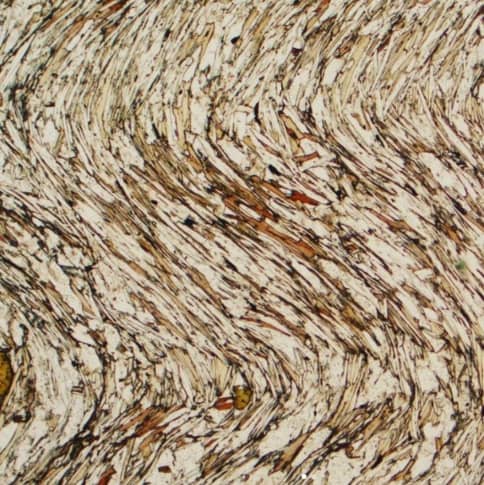
There are numerous types of Schist rocks, Mica being one of many. Mica Schists are the most common Schistose rocks and the second most common metamorphic rocks on Earth. These rocks are composed mainly of Mica (usually Muscovite or Biotite) and smaller amounts of Quartz. The original protolith or parent rock of Mica Schist is […]
Garnet Mica Schist
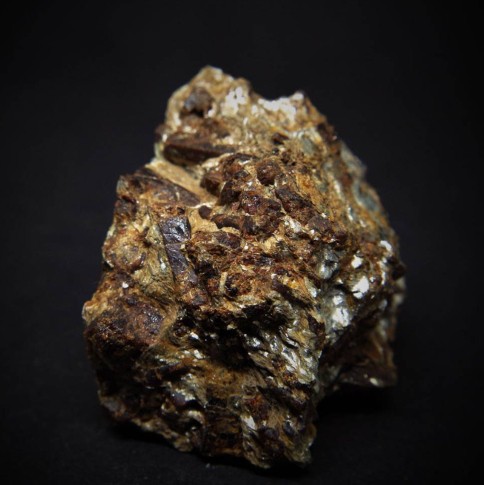
Garnet Schist is a gray, silvery, or brown-colored metamorphic rock with layers of shiny mica and well-formed Garnet crystals. If you’ve seen Mica Schist before then you’ve seen Garnet Schist because the only difference is the Garnets. From time to time, readers will ask me what the parent rock is and it’s usually Shale, Mudstone, […]
Green Petrified Wood

Petrified wood gets its colors from various elements or compounds present when it forms. Over the years rockhounds and specimen collectors have favored green Petrified Wood because of its rarity. Here’s a little background on how Petrified Wood forms just in case you didn’t know. Petrified wood is a type of fossilized wood that forms […]
Scoria Rock
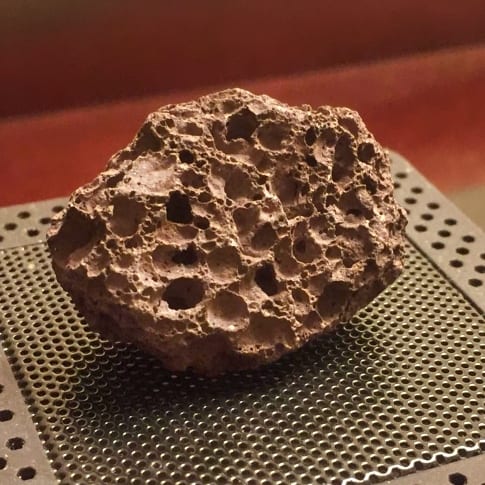
Scoria rock is a vesicular, dark-colored igneous rock composed of basalt or andesite. When observed in nature these rocks are typically darker colors, including dark brown, black, and purplish red. Scoria is relatively common in areas of recent volcanism, like the Canary Islands and near the Italian volcanoes. They have low density because of their […]
Challis Plume Agate
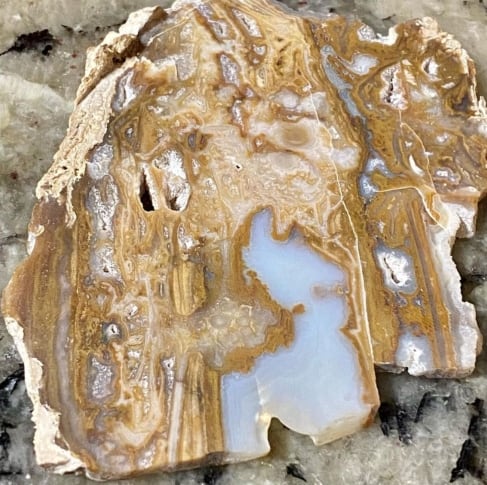
Challis Plume Agate can be found in central Idaho but it’s not commercially available. So, if you happen to come across material at a gem and mineral show then I’d recommend buying some for your collection. If you’re a lapidary artist and dig for rocks then you’re in luck because you can take a trip […]
Black Petrified Wood
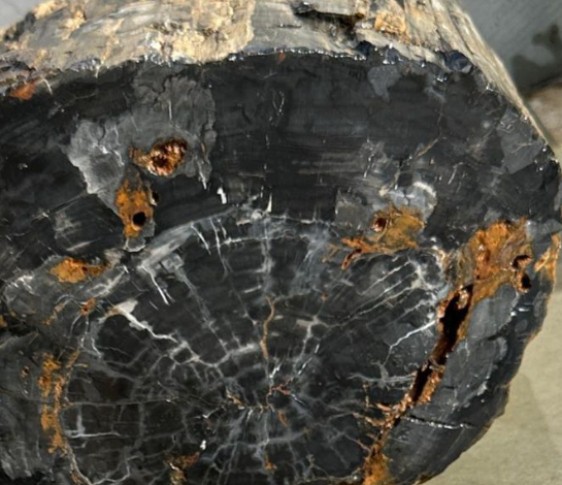
Petrified Wood combines the complex patterns of primordial tree rings with a complete spectrum of beautiful shades of browns and dark black earthy tones. Petrification is a type of fossilization. This means that all Petrified Wood is fossilized, but not all Fossilized Wood is petrified. For a specimen to be considered “petrified,” the original host […]
Fordite Agate
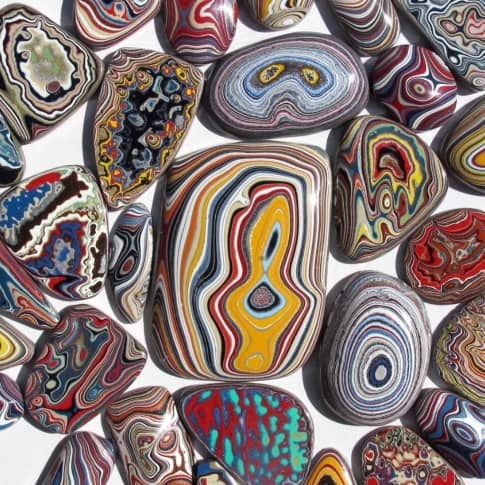
Agate stones are known for their amorphous colors and fluid patterns produced by a slow accumulation of sedimentary layers. However, with obscure “gemstones” like Fordite, the layers are composed of car paint instead of sediment. It’s hard to believe but Fordite was accidentally created by workers in the paint and body departments at the big […]
